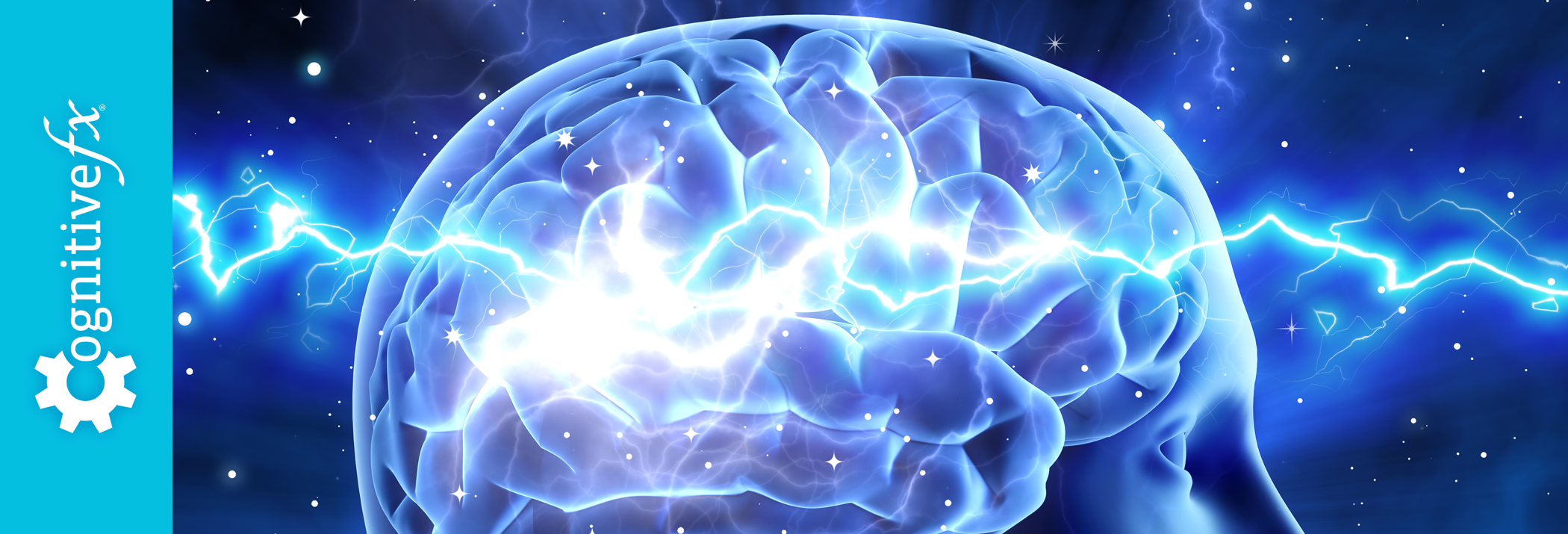Dr. Norman Doidge M.D. is a psychiatrist and a psychoanalyst. He has written many books including New York Times Best Seller, “The Brain that Changes Itself.” He also has written “The Brain’s Way of Healing.” Both books focus on the unique ways the brain changes and heals itself based on the concept of Neuroplasticity.
Neuroplasticity is changing the way we see brain injury and post-concussion recovery.
You do not have to live with symptoms from a concussion such as brain fog, poor concentration, sensitivity to light and noise and other symptoms that are considered post-concussion syndrome for the rest of your life. You can improve your symptoms and have a brain that works better with the right team and correct approach. So what is neuroplasticity and how does it teach us this concept?
What is Neuroplasticity?
The definition of Neuroplasticity is “the property of the brain that enables it to change its structure and functioning in response to activity and mental experience.” Essentially the brain can be repaired and can change how it works based on the way we use it and push it mentally and physically. In his second book, Dr. Norman Doidge describes scientists and researchers that are using this concept of neuroplasticity to discover new ways to treat and rehabilitate the brain. Many find that these treatment results are surprising. These new approaches to therapy are influencing not only the ability to have a brain that works better but the ability to live and enjoy life.
For hundreds of years, doctors and scientists believed that once the brain is injured or damaged, it cannot recover, and that the symptoms of the injury are permanent. With new research focused on understanding the brain and the concept of neuroplasticity, we now know that the brain can change and work in better ways. It can heal itself. We also know that by using the right treatment approach we can influence how well the brain works. In a short amount of time, you can change the brain and have it continue to work better months and years later.
The Reality of NeuroPlasticity
In “The Brains Way of Healing," there are many stories sharing the concept of Neuroplasticity. Many are people who have tried experimental therapies or doctors that are using new imaging and new techniques in their clinics to help their patients get better. We are grateful for Dr. Norman Doidge and his dedication to exploring and sharing experiences that show we can help the brain recover after an injury; it is not a hopeless attempt, we really can change the brain and overcome post-concussion syndrome.
With the brain’s many abilities we are still discovering all it can do. We have found that the brain is really good at compensating for injuries. The brain, when it is injured, is able to use a different area to try to do the same thing. Over time, the brain gets tired and uses more blood supply and more energy to use this more difficult and less effective pathway. Because it is good at this compensating technique, it can be hard to diagnose and correctly treat the brain after an injury.
Using the right imaging technology is important because it can clearly help you understand where the brain is not working or is working too hard. By knowing where the problems are, it makes it easier to get to the source and fix the brain, so it works correctly. The right imaging takes out the guessing as to what therapies you need to truly fix your brain.

Developing Post-Concussion Treatment Around Neuroplasticity
In our research, “Developing the Standard of Care for Post-Concussion Treatment…” we have found that with hundreds of our patients the reality of neuroplasticity in recovery from brain injury or concussion is real.
We still have much to learn and understand, but the reality is that when a person is injured, resting for excessive periods of time (months to years) will not help them get better. With Neuroplasticity there is hope, and you can retrain and adjust the brain to work in better ways.
Neuroplasticity is an empowering reality. You do not have to live with the challenges and lasting effects of a concussion for the rest of your life. You are not stuck feeling and living the way you are because your brain got hurt. There is something you can do about it; you can change how it works because of neuroplasticity.








